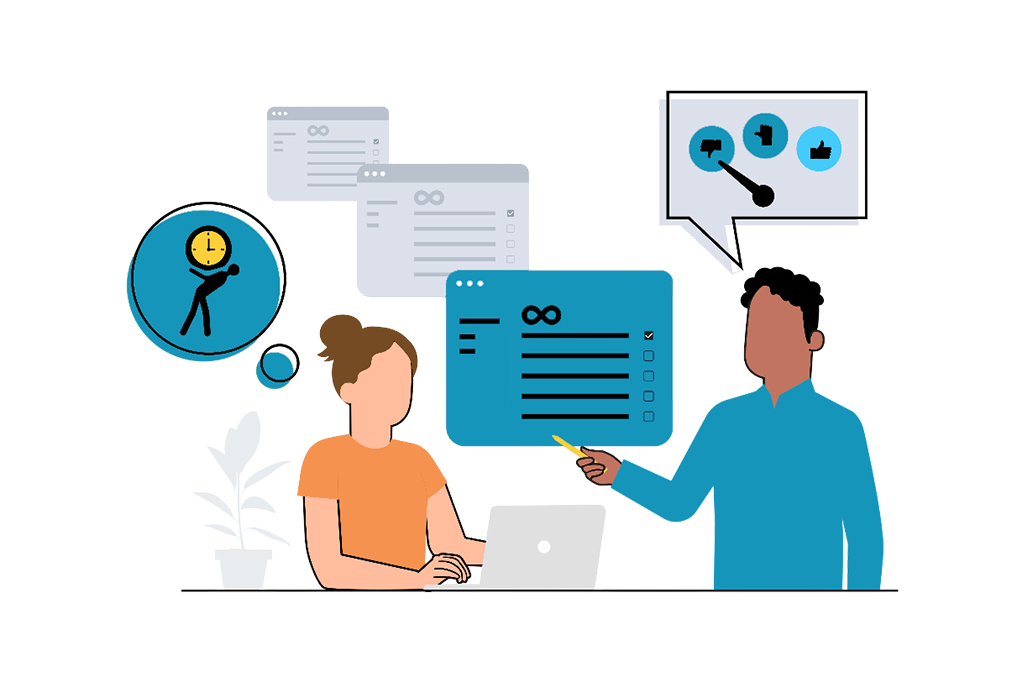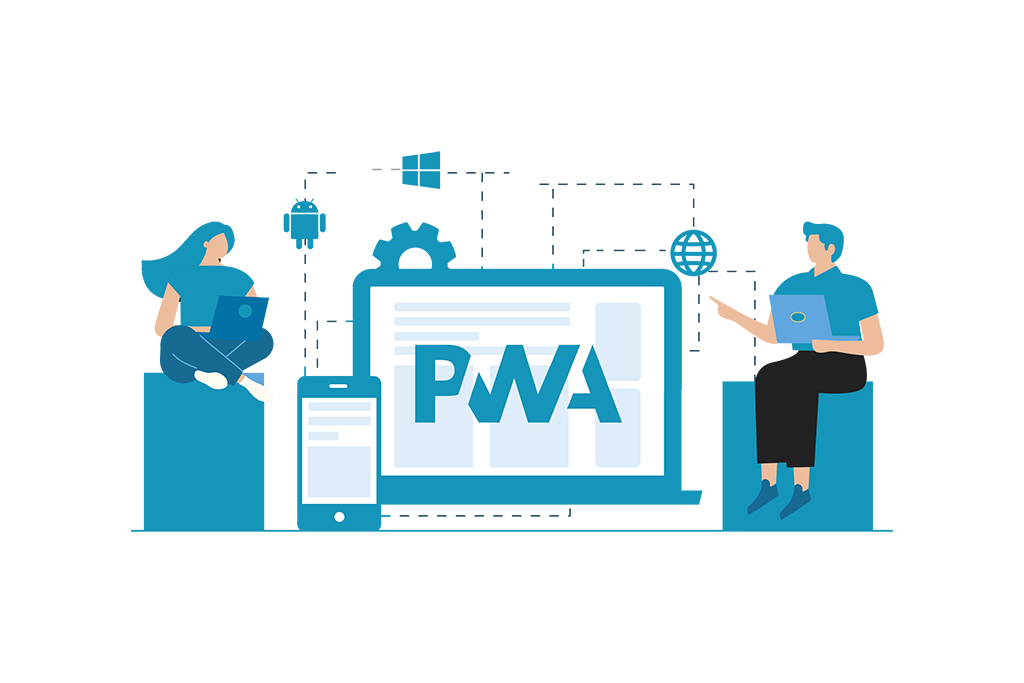
Web development has undergone significant evolution in recent years. Traditional approaches, where content management and website presentation were tightly coupled, no longer meet the demands of modern digital experiences. Websites today need to deliver content seamlessly across multiple platforms, devices, and touchpoints. This is where Headless CMS comes into play.
A Headless CMS provides a modern solution for content management, offering developers and content creators the flexibility to deliver content anywhere, without being restricted by the limitations of a traditional CMS. In this article, we will explore Headless CMS in depth, understand how it works, examine its benefits, and learn how businesses can implement it effectively for their web projects.
A Headless CMS is a content management system that separates the content repository (backend) from the presentation layer (frontend). Unlike traditional CMS platforms, which combine content storage with website templates, Headless CMS focuses solely on content creation, organization, and delivery through APIs.
This separation gives developers complete control over how and where content appears. The “head” in traditional CMS refers to the front-end presentation layer. When we remove the front-end, it becomes “headless,” allowing the content to be used anywhere—websites, mobile apps, kiosks, and IoT devices.
You may also know: What Is a CMS Intranet?
Differences from Traditional CMS:
Understanding how a Headless CMS differs from a traditional CMS helps highlight its unique advantages.
| Feature | Traditional CMS | Headless CMS |
|---|---|---|
| Content Delivery | Tied to front-end templates | Delivered via APIs to any front-end |
| Flexibility | Limited to built-in themes | Fully flexible, integrates with any framework |
| Multi-Channel Support | Difficult to scale | Seamlessly delivers content to multiple channels |
| Performance | Dependent on CMS rendering | Fast, as content is fetched through APIs |
| Updates | Can be slow and platform-dependent | Front-end and backend are independent |
A Headless CMS matters because it aligns with the needs of modern digital ecosystems. Businesses can deliver consistent content across websites, apps, and emerging platforms, all while maintaining control over design and functionality.
To understand the power of Headless CMS, it is crucial to examine its architecture and workflow. A Headless CMS uses a decoupled architecture where the content repository is isolated from the presentation layer. Content is stored in structured formats and accessed through APIs, giving developers the freedom to render it on any device or platform. Here’s the workflow overview for Headless CMS:

This workflow allows content to exist independently of how it is displayed. Developers can use modern front-end technologies to build highly interactive, responsive, and visually appealing websites without being constrained by the CMS’s built-in templates. Example of API-Based Delivery is:
| Step | Action | Result |
|---|---|---|
| 1 | API Request | Front-end requests specific content |
| 2 | API Response | CMS returns structured data (JSON/XML) |
| 3 | Rendering | Data is rendered dynamically on the front-end |
By leveraging this architecture, Headless CMS ensures faster performance, scalability, and the ability to integrate with multiple platforms simultaneously.
A Headless CMS offers numerous advantages for businesses and developers seeking modern web solutions. Here are the key benefits:
1. Flexibility
Developers can use any front-end technology or framework, such as React, Vue, Angular, or even native mobile frameworks. This freedom allows for highly customized and innovative website designs without being limited by the CMS’s built-in templates or constraints. It also enables teams to experiment with new technologies and adopt the best tools for each project.
2. Multi-Channel Delivery
Content created in a Headless CMS can be published simultaneously across multiple platforms, including websites, mobile apps, smart devices, and social media channels. This ensures a consistent brand experience and reduces the time and effort required to manage content separately for each platform.
3. Improved Performance
Separating the backend from the frontend allows websites to load faster and deliver a smoother user experience. Developers can optimize front-end rendering independently, implement caching strategies, and reduce server load, resulting in better website performance and improved search engine rankings.
4. Scalability
Headless CMS can handle large volumes of content and traffic without compromising performance. Whether a website experiences sudden spikes in traffic or a company needs to manage extensive digital content libraries, a Headless CMS provides the infrastructure to scale seamlessly as the business grows.
5. Future-Proof
As new devices, platforms, and technologies emerge, a Headless CMS allows content to be delivered without redesigning the backend. Businesses can adapt to changes in digital consumption habits quickly, ensuring long-term relevance and reducing the need for costly redevelopment projects.
6. Ease of Integration
APIs make it simple to connect a Headless CMS with other business tools, such as eCommerce platforms, marketing automation systems, analytics solutions, or CRM software. This integration streamlines workflows, improves efficiency, and ensures that content can be leveraged across the entire digital ecosystem.
These benefits make Headless CMS a powerful solution for building flexible, fast, and future-ready websites.
Headless CMS is suitable for a wide range of organizations, from startups to large enterprises. Its flexibility and performance make it ideal for businesses looking to deliver content across multiple platforms.
Headless CMS enables these organizations to remain agile, respond quickly to market changes, and provide a seamless experience to users across channels.
You may also read: Learning Content Management System – Are LCMS, CMS, and LMS Different?
Implementing a Headless CMS offers significant advantages, but organisations must navigate certain challenges to ensure a smooth deployment. Recognising potential obstacles early and following best practices helps teams achieve a successful implementation and fully leverage the system’s potential.
1. Key Challenges
Implementing Headless CMS involves some common challenges that teams need to address.
Recognising these challenges early allows teams to plan effectively and reduces the risk of errors during implementation.
2. Best Practices for Successful Implementation
Following structured best practices ensures a smoother deployment and maximises the benefits of Headless CMS.
Addressing the challenges proactively and following proven strategies, businesses can deliver flexible, scalable, and high-performing digital experiences across multiple platforms, fully leveraging the capabilities of modern content management systems.
Headless CMS is transforming the landscape of website development. By decoupling content management from front-end presentation, it empowers developers to create flexible, scalable, and high-performing digital experiences. Businesses can deliver content consistently across websites, mobile apps, IoT devices, and emerging platforms without being limited by traditional CMS constraints. Adopting Headless CMS allows organizations to remain agile, future-proof their web infrastructure, and provide users with engaging, fast, and personalized experiences. As technology continues to evolve, Headless CMS will play a central role in shaping the next generation of websites, making it an essential tool for developers, designers, and businesses looking to stay ahead. For anyone seeking to build modern, multi-channel, and scalable digital experiences, Headless CMS is not just an option, it is the future of website development.
Share This Post
Would you like to transform your dream venture into reality?

Running a business without a website is like keeping your doors closed when…

A clear understanding of what constitutes a hostile work environment helps both employees…

Progressive Web Apps (PWAs) are reshaping how users interact with websites, offering the…
©2018-2025 Invoxico Technologies. All rights reserved.